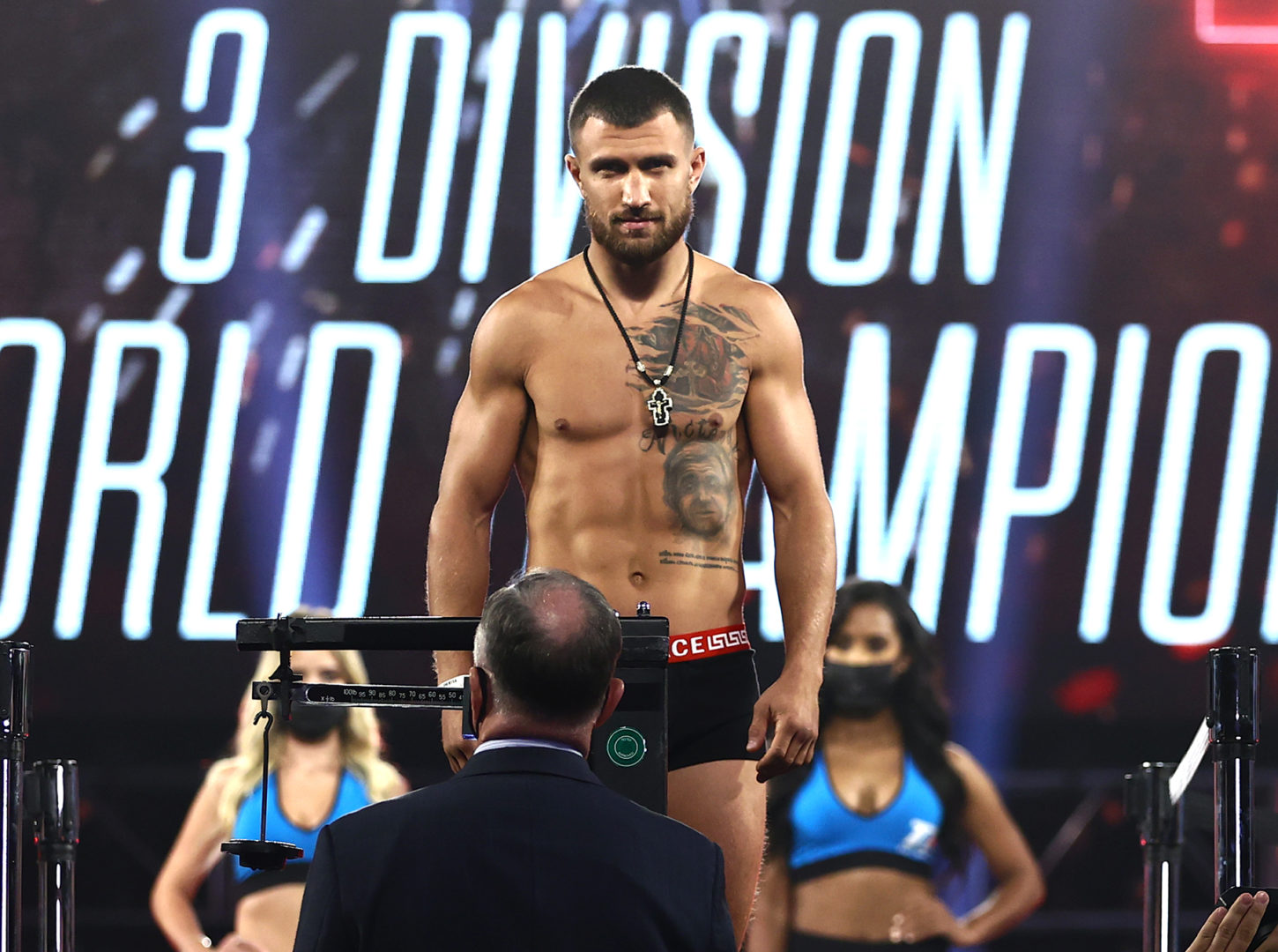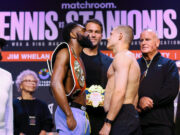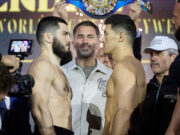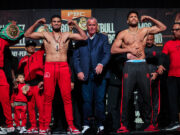By Bart Barry-
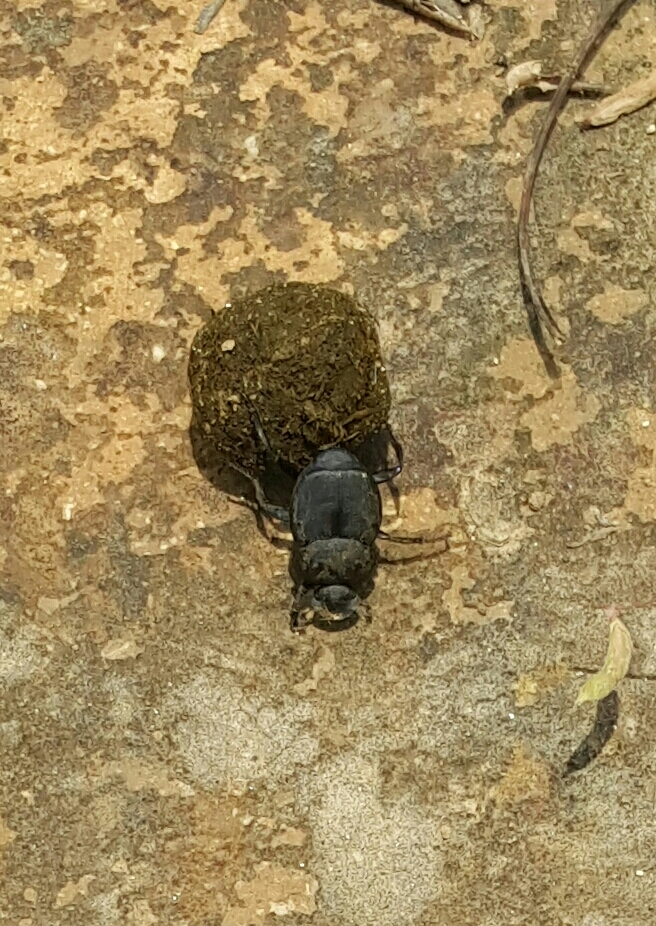
SAN ANTONIO – While hiking Saturday morning I came across my first in-action dung beetle, a needly faced creature pushing a smooth cylinder of cow excrement along a path beside the Medina River. If you do not think a dung beetle is among nature’s most extraordinary creatures, keep reading. Saturday evening, a nearly as remarkable Nicaraguan flyweight named Roman “Chocolatito” Gonzalez made his debut on American premium cable. These occurrences are only connected by coincidence, and diminutive stature, perhaps loosely, but as both are interesting in their way, please be indulgent.
The male dung beetle pushes his ball, one that can weigh 250 times what he does, backwards, with his hind legs, while walking on his front legs. He pushes extraordinary distances in search of both a mate and a final resting place. Perspective: To match the physicality of the dung beetle’s feat, a man would have to push an M31 tank with his feet while walking on his hands from here to El Paso, only to have every female he encounters ignore him entirely to inspect his tank and calculate the likelihood her offspring could survive in it. There’s good reason ancient peoples deified the dung beetle.
Roman Gonzalez (43-0, 37 KOs), meanwhile, is the real thing, and it is good to see him embraced by HBO – a network with nothing to gain, really, by exposing its subscribers to a man with championships at minimumweight, light flyweight and flyweight, a man who is yet to fight within 40 pounds of what the average American woman weighed in 2014. At 5-foot-3, Gonzalez won his first world title weighing 104 1/2 pounds; he is tiny. Too, he is perfect in form as anyone currently plying the craft of prizefighting.
He’ll never capture America’s imagination the way Floyd Mayweather has, in part because Gonzalez is nearly impossible to dislike. Watch his opponents’ treatment of him after each knockout: They feel sincere affection for him, and he feels sincere affection for them, hugging and bowing and smiling graciously in a way heavyweights never do. Part of that, also coincidentally, returns to a counterintuitive boxing ratio in which the possible consequences of a fight are inversely proportionate to the possible consequences of each punch.
Gonzalez strikes with disproportionate force for a man who weighs 111 pounds, yes, but Wladimir Klitschko strikes with disproportionately more consequence even than his disparity in size with Gonzalez anticipates: A punch from Klitschko is much more than three times as likely to render you unconscious. Which, ironically, makes a fight with Klitschko much safer, in a survivability sense, than a fight with Gonzalez. A single blow whose concussion renders you instantly unconscious is not healthy, of course, but you’d rather that than 150 punches from Gonzalez.
There’s one other incredible advantage the heavyweight champion of the world has over any minimumweight champion: His punches travel distances enough that any member of the laity can observe them at full-speed. Not so with a Gonzalez fight. Gonzalez and Edgar Sosa, Saturday night, were so very much closer, and their motions so very much quicker, in part for traveling shorter distances, in part for having to propel so much less mass at one another, that even a knowledgeable observer could hardly hope not to lose something with peripheral vision.
One needs the fovea to watch Gonzalez, and as the fovea’s scope is notoriously small, one must choose, when television does not choose for him, whether to observe the feet or the hands. The hands are where the consequences are, and Gonzalez pronates masterfully at the ends of his punches, but if you’ve never watched Gonzalez’s footwork, or had the privilege of watching Lee Wylie’s explanation of it, treat yourself to a replay of Saturday with your eyes set on the canvas.
Gonzalez has now replaced Mexican Juan Manuel Marquez as the fighter whose style every trainer in the world should instill in every child he teaches to box. Gonzalez is offensively minded, technically precise, and defensively responsible. Of the three best fighters in the world today – Floyd Mayweather, Gonzalez and Guillermo Rigondeaux – Gonzalez is the one who looks for the knockout every time every bell rings. His attacks are fundamentally correct to a point of being nearly impersonal; where Mayweather seeks to solve an opponent and Rigondeaux gets bored enough to rehearse combinations flagrantly before throwing them, Gonzalez applies a template. Mayweather and Rigondeaux query their massive databases for opponent patterns, finding matches for neutralization, first, before applying offensive templates. Gonzalez, conversely, applies his offensive template in the faith it instantly will make every opponent almost the same.
One other enormous aesthetic difference between Gonzalez and Mayweather: The referee rarely enters the broadcaster’s frame during a Gonzalez fight, while he is ubiquitous whenever Money is in the ring. Half of Gonzalez’s rare clinches do not even require the referee to break them: “We came too close together just now, brother, but no worries, let’s take a step back and resume the milling.”
There was harmony in Saturday’s HBO broadcast, pairing Gonzalez and Kazakh middleweight titlist Gennady Golovkin, even if the order was backwards. Boxing is never a meritocracy till a bell rings, and one hopes Golovkin was impressed enough by Saturday’s opening act to glance through Gonzalez’s record: world championships in three different weight classes, a man fighting larger men rather than calling for littler ones, a prizefighter seeking new challenges in a quest to improve. Gonzalez is six years younger than Golovkin and has seven more knockouts, and somehow, no one is ever “afraid” to fight Gonzalez.
When Willie Monroe Jr. becomes your last fearless man, it’s time to fashion a new marketing slogan.
Bart Barry can be reached via Twitter @bartbarry




